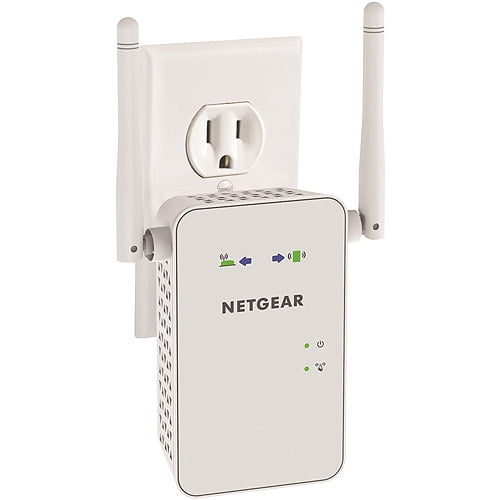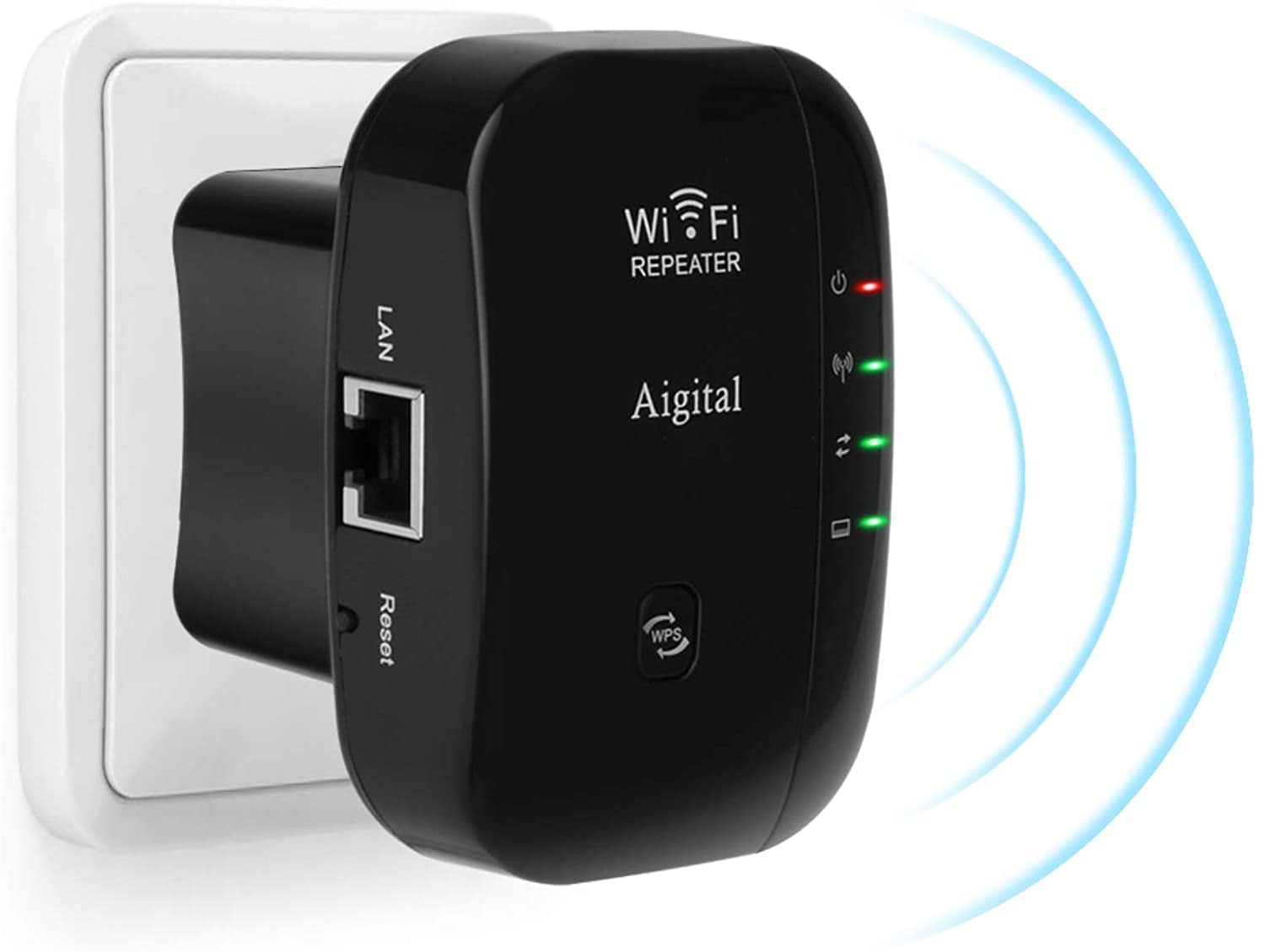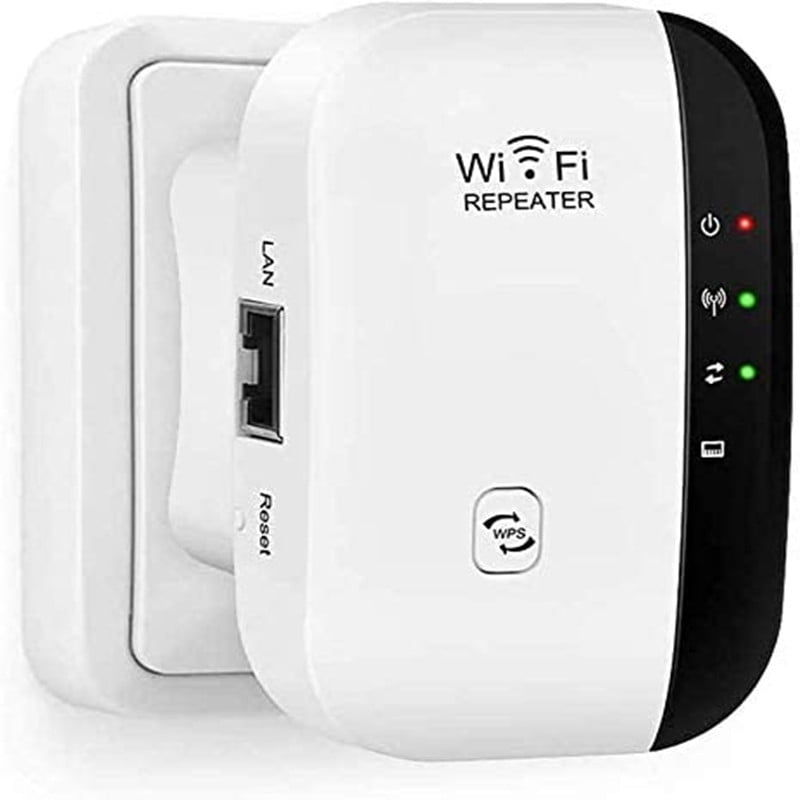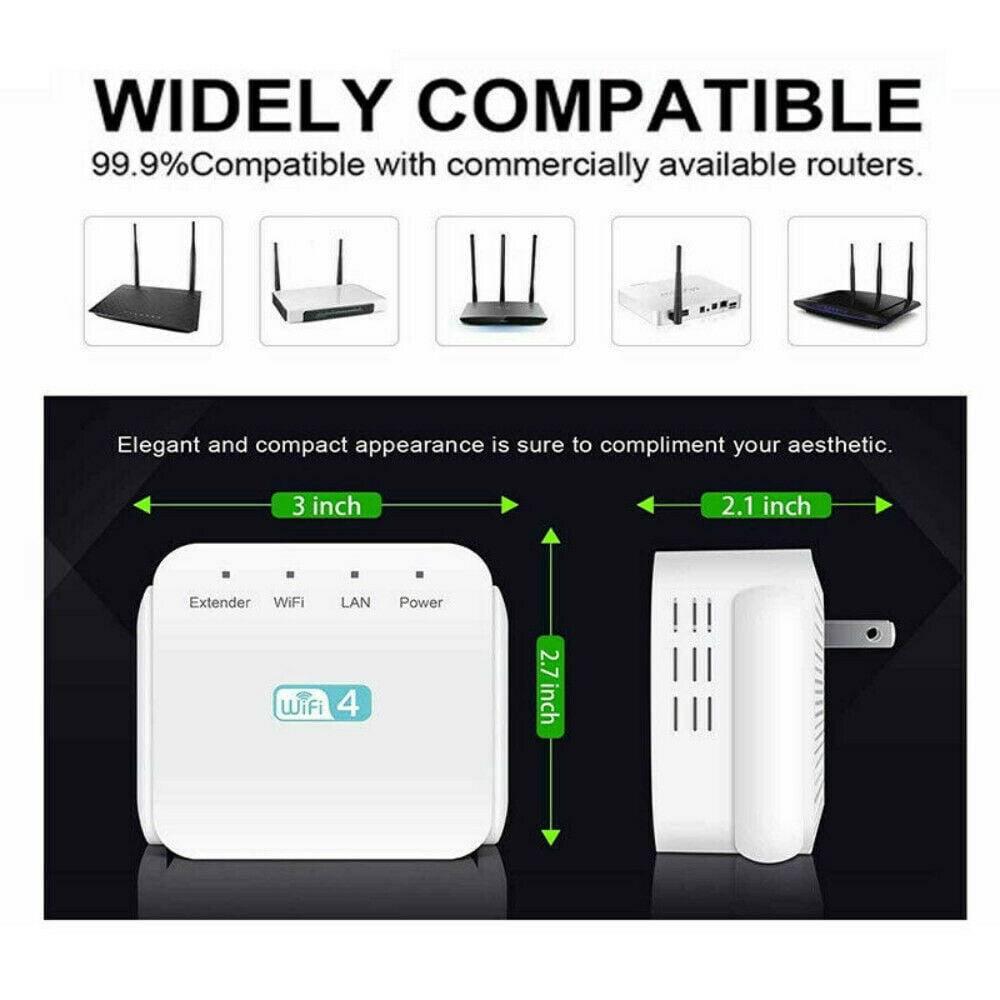


It can be vertical, horizontal, circular or combinations of these. Polarization of the wireless antenna is the orientation of the wireless signal. This is the type used in wireless repeater systems and it is intended for short range meshed networks and reaches everyone within its range. This diagram shows the relationship between the E and H planes for a vertically polarized omni-directional dipole antenna. If you are in a building and need to cover the rooms around you then you are better off with a 2dbi dipole antenna, as they make sure you cover everyone equally in all directionsĭiagram below shows the radiation pattern of a 2dBi omni-directional dipole antenna (vertically polarized): Intended for short range meshed networks and reaches everyone within its range. As the gain of the antenna is increased the fat donut starts to flatten out significantly to the point where you will have a donut so flat it will resemble a CD disk: Round but very flat and anything above it or below its path won't see it.Īt right: Radiation pattern of the 2dB omnidirectional antenna at right (bottom pattern in image)Ī low gain (2dB) omnidirectional antenna like this provides a strong signal in every direction Think of the wireless radiation pattern as a fat donut with the antenna sticking through the middle of the donut. The receiving end must be in the wave-path of the antenna: Below: Dipole Wave Pattern of 2dbi, 5dbi, 7dbi, 9dbiĪBOVE: A 9dB antenna can be seen at 4-5 times the distance of the 2dB antenna but it can only be seen within 5 feet of its horizontal beam path. 9dbi - Best if distance is long and AP and client are on the same elevation (horizontal plane).7dbi - Optimal balance between range and elevation.5dbi - If you wish to send your signal over a couple of levels of a building, a 5dbi dipole is more recommendable.2dbi - Best if relative-positioning is on different elevations: Such as different floors of a building.

To send/receive a signal in a particular direction, use a directional antenna.

Omni-directional antennas pickup stray "interference" signals that can degrade performance.Bigger is not always better: Optimal choice of dipole antenna is determined by the relative positions of the access point and the clients, and range.Omni-Directional Antennas Applications, Radiation Patterns & Range


 0 kommentar(er)
0 kommentar(er)
